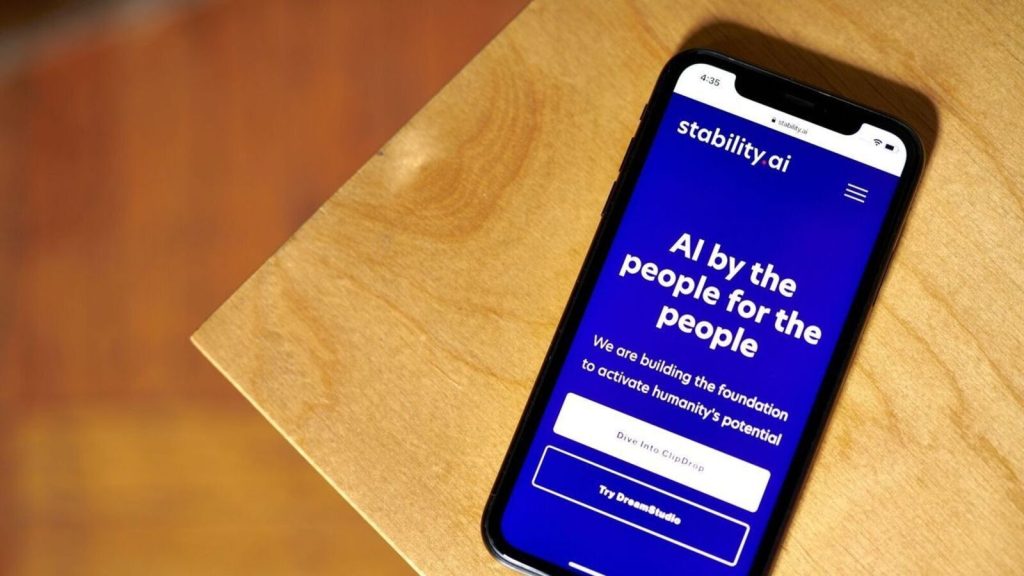Stability AI has launched Stable Audio 2.5, positioning it as the first model designed for enterprise sound creation. The tool makes it possible for companies to generate original tracks in seconds, reducing reliance on lengthy studio sessions or expensive licensing deals.
The system has been trained on a licensed dataset, ensuring that all output is safe for commercial use. The company describes the model as a way for brands to craft a “sonic identity,” an increasingly important element of marketing and customer engagement.
What makes Stable Audio 2.5 stand out
Stable Audio 2.5 is capable of producing full-length tracks lasting up to three minutes. Unlike simple loops, the compositions include structured sections such as introductions, developments, and endings. Natural language prompts allow users to define qualities like mood and energy, resulting in audio that matches campaign goals.
The tool also introduces inpainting, where users can provide a short snippet of audio, and the model expands it into a complete piece. This feature enables companies to build upon their existing libraries, reinforcing brand consistency while exploring new sounds. Stability AI has included safeguards to prevent the use of copyrighted materials in uploads.
Several subscription plans are available. The free option offers 10 tracks per month, while Pro and Studio packages support higher output levels suitable for larger organisations. These choices make the system accessible to both small teams and global enterprises.
Expanding creative possibilities for brands
Stability AI also allows fine-tuning of models based on a brand’s sound library. This process integrates unique tones directly into generative workflows, making the final output distinct and instantly associated with the organisation. For enterprises, this represents a new level of control over how sound supports identity.
The arrival of Stable Audio 2.5 highlights how artificial intelligence is no longer limited to visuals or text. Sound is now a core part of digital storytelling, and this model helps brands use it effectively. The ability to generate licensed, high-quality tracks on demand provides speed and security while reinforcing creative goals.

